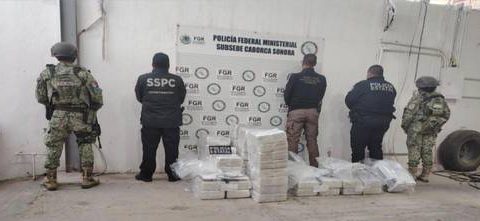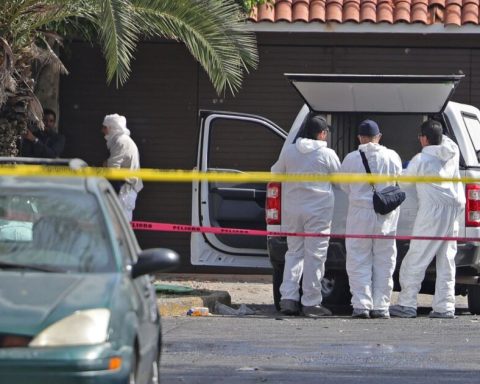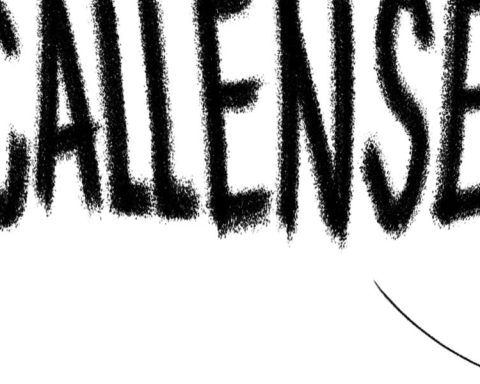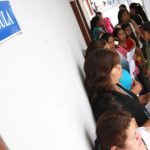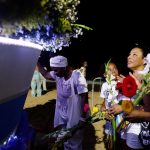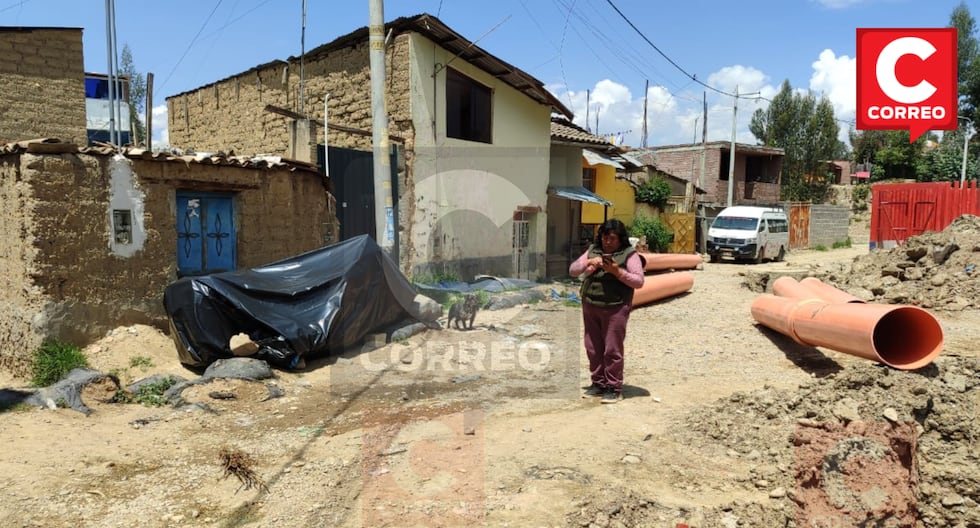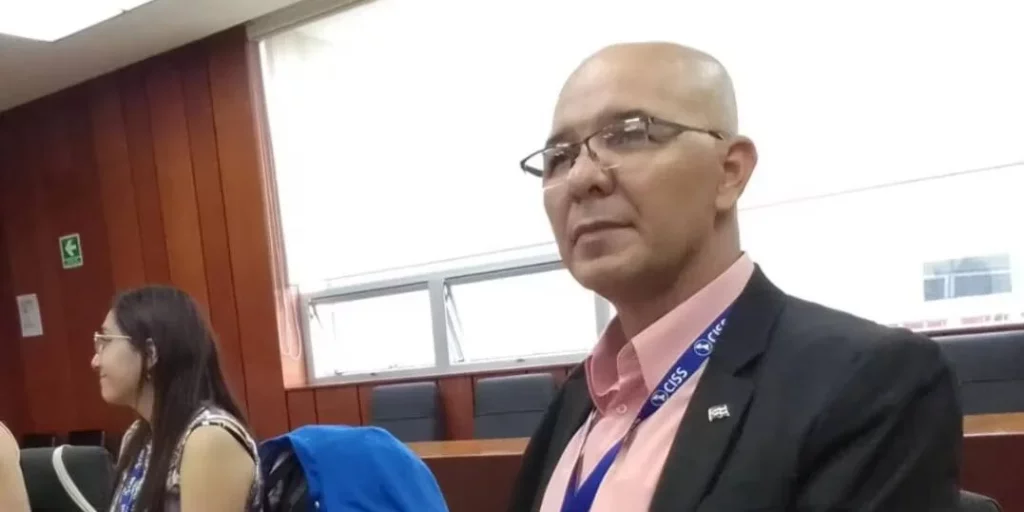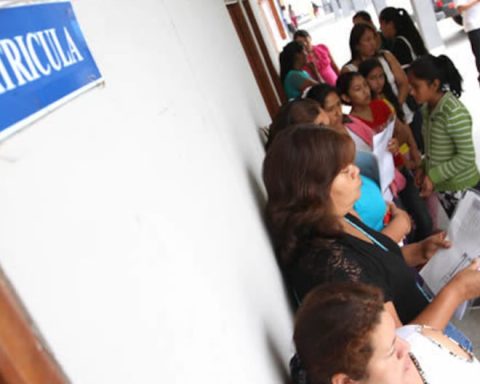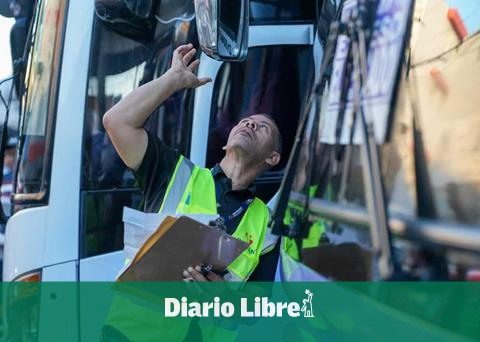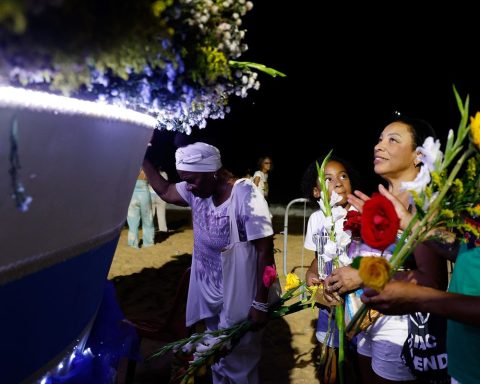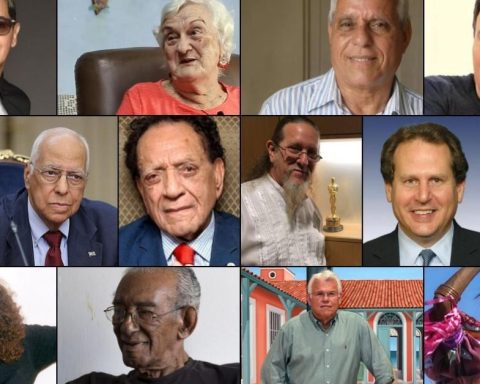Victor M. Quintana S.
c
When Carlos Montemayor published The weapons of dawnAlma Gómez, daughter of Dr. Pablo Gómez, who fell in the assault on the Madera Barracks on September 23, 1965, told him: You only talk about the men in that feat, not about the women who participate in the armed movement in various ways.
. Carlos responded that the book referred only to the guerrilla attack and then wrote The women of the dawn to narrate the struggles, the work and the days of dedication and suffering of these heroic women.
Keeping the proportions, something similar happened to me after I published on The Day the text Return to Wood
: Two very different people made more or less the same observation to me: “You talk about those who took up arms and paid for their conviction with their lives. We admire and value that, but why don’t you talk about those who did not opt for the armed route – always respecting it – but gave or have given a lifetime of silent accompaniment to very different causes, to work among excluded people, among the victims of injustice?”
This text obeys that suggestion: to remember without mentioning names, but the facts, often unknown and ignored, of so many people who may not have given their blood, but their lives, work, efforts, to the construction of the justice and peace in this country.
I begin with the generation of activists who directly or indirectly experienced the student-popular movement of 1968. From there emerged hundreds of young people convinced that the revolution was not going to be carried out on the campuses, but in the work of integration
that’s what they called him, with the popular sectors. And they went to work manually in the factories, to organize the invasion of urban lots to form popular colonies, to take the land together with peasant families
In those territories they encountered activists with a very similar task, although apparently with different motivations: nuns, priests, lay people, motivated by the sources of what would later be called the liberation theology
. They chose to give life and content to their faith in their insertion among the poor, in their daily commitment to them. They left temples, universities of the rich, monasteries and convents to live and work where the people were exploited, suffering, but also willing to fight.
The weapons of this peaceful army were shared despite their ideological differences: the promotion of collective action based on the needs of the people; popular education, awareness workshops, the study of laws and history. Their references were converging: Marx and Lenin, Trotsky, Rosa de Luxemburg, Gramsci, Mao, the CheMariátegui, Paulo Freire, Dom Hélder Cámara. This was aimed at making the oppressed subjects of their liberation.
Thus, dozens of forms of collective action flourished that later formed coordinators
: of the urban-popular movement, of the union movement, of peasant and student organizations, of teacher struggle. These bases were the raw material of the solidarity initiatives with the liberation struggles in Nicaragua, El Salvador, Guatemala, with the movements against dictatorships in the Southern Cone.
At another time, activists responded to a changing but always aggressive reality towards those below and formed committees against repression, collectives for the defense and promotion of human rights, the first feminist collectives. They accompanied the awakening of the native peoples, the struggles for the defense of the territory and the environment, the construction of autonomous local governments and groups of displaced people, the search for missing people, support for migrants, work with youth and children, defense of the water.
Teachers, normalistas, students, community leaders and peasant organizations; housewives, workers, communities of indigenous peoples. Also people from academia and research centers putting science and the humanities at the service of the people. Journalists who denounce, narrate struggles, expose truths and abuses. Young people from various groups; women, nuns, priests, committed Christians.
This formidable, diverse emergence of popular education, organization, mobilization, and construction of power from below owes a lot to all these people who have rarely been recognized, even if this is not what they intend. These rivers sometimes converge, sometimes they join and then diverge, sometimes they are tributaries of a larger river of consciousness and organization. This is how we must recognize them, value them, in their specific contribution, in the there and now in which they work. These rivers are communities and specific people. Necessary and anonymous components of the best causes. To all of them our great recognition, now that for professional reasons I have to suspend and very much appreciate the spaces of our beloved The Day .
